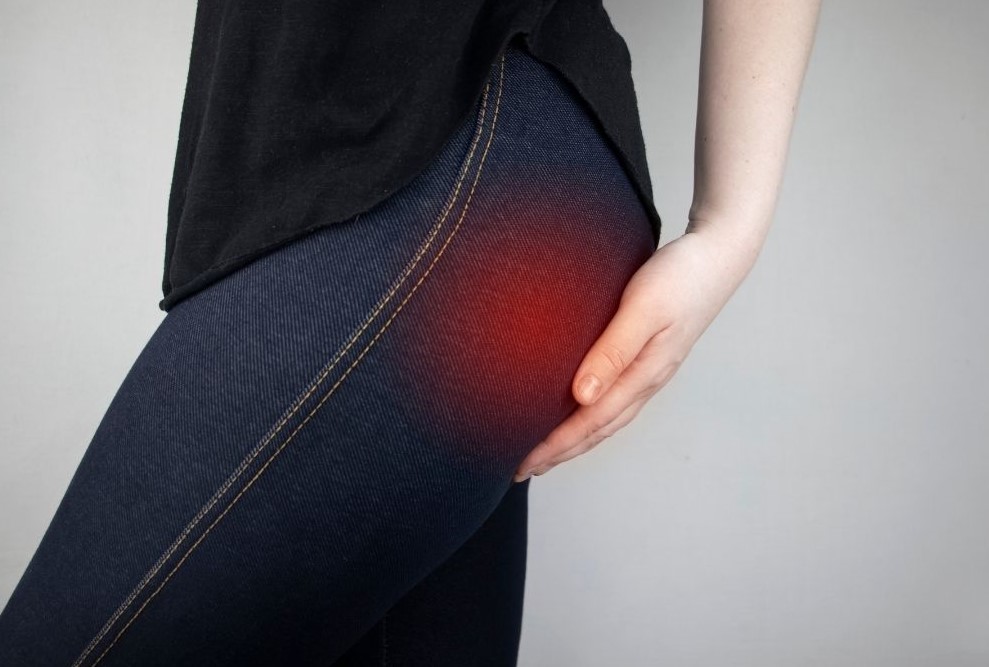
- Buttock pain from sitting is a common issue that affects many people, particularly those who work desk jobs or spend significant amounts of time sitting throughout the day.
- This type of pain can range from mild to severe and impacts a person’s daily life, making it difficult to sit or stand for extended periods.
- Fortunately, several ways to relieve buttock pain from sitting include exercises, stretches, and changes to your sitting posture.
There could be various reasons for buttock pain when sitting, but my 15 years of clinical experience say that the most common cause is piriformis syndrome. Not only the left side, but it may also affect either side of the buttock or both buttocks simultaneously. Ironically, it is the most overlooked condition that may even result in sciatica if ignored.
However, learning about piriformis syndrome and its causes will help you understand the tips and exercises I will share in this article. So, without delay, let’s get started.
Buttock pain when sitting could be piriformis syndrome
People who often come to me with buttock pain often express their discomfort with sitting pain in the buttock, pain in the left buttock cheek or sharp pain in the buttock. In acute pain cases, they also complain of a pulling sensation and a tingling sensation on the back of the thigh that may extend up to the lower leg.
This is because of the entrapment of the sciatic nerve in the gluteal region. This condition is often termed “piriformis syndrome”. However, recently, the name “deep gluteal syndrome” has been proposed due to the presence of multiple causes of sciatic nerve entrapment, not just compression by the piriformis muscle. These causes include fibrous bands that contain blood vessels, as well as gluteal and hamstring muscles that are not directly associated with the piriformis muscle34.
Henceforth, in this article, we will use both terms interchangeably.
The entrapment and resulting irritation of the sciatic nerve produce a pulling and tingling sensation on the leg, a condition termed sciatica. Though there are other causes of sciatica, like slipped disc/ disc hernia, the piriformis syndrome is often neglected or overlooked by medical practitioners.
Such a kind of buttock is often associated with whole-body pain; I highly recommend following body pain stretching exercises.
So, what is piriformis syndrome?
What’s piriformis syndrome?
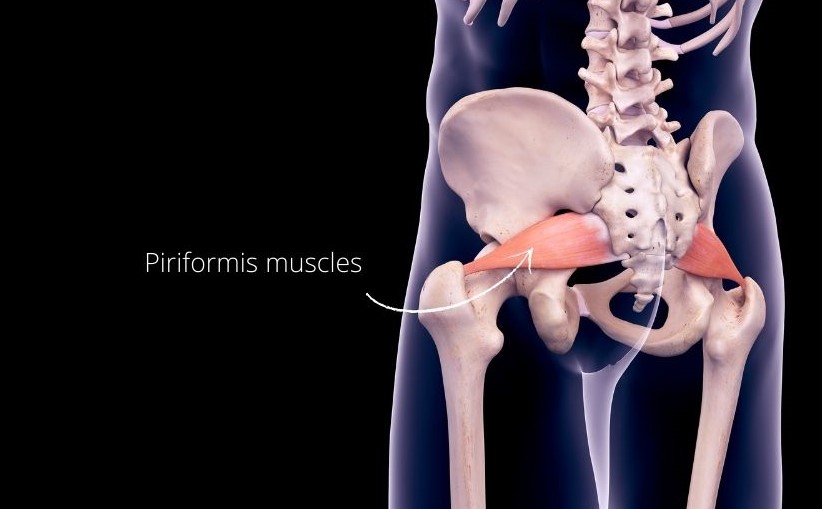
The piriformis syndrome has been attributed to compression of the sciatic nerve underlying the piriformis muscle1. The Piriformis muscle is a flat band-like muscle on the sides of our buttocks. Later in this article, we will learn the anatomy of the piriformis muscle, but for now, the sciatic nerve passes through this piriformis muscle.
What will happen if it gets stuck between the muscle fibres? Yes, this is what happens in piriformis syndrome: the tremendous sciatic nerve gets compressed inside the piriformis muscle.
This causes irritation and inflammation of the nerve at this point. Typically, this results from overuse, prolonged sitting, and activities such as rowing in the sitting position. In addition, weak hip abductor muscles, such as the gluteals and tight adductors, increase the risk if they do not engage regularly2.
The compressed nerve produces pain and a current /tingling-like sensation in all the parts where it travels (back of thigh and leg).
Symptoms of deep gluteal syndrome (DGS) or piriformis syndrome
Here is the list of common complaints:
- Pain in the lower back.
- Pain radiates down the leg.
- Tingling or burning sensation on the back of the leg.
- In severe cases, sciatica sufferers walk on the affected foot’s toe.
Common complaints specific to piriformis syndrome:
- Pain and tenderness in the buttocks region.
- Especially at the tip of the buttock and the outer side of the buttock, sometimes all along the back.
- Pain in buttock when sitting.
- Pain in the buttock when walking and standing.
- Severe pain during the night.
Home tips for pain in left/right buttocks cheek
Piriformis syndrome sounds complicated, but following these simple home tips can quickly eliminate it. For a more organized way to manage this type of buttock pain, let me give you tips under two subheadings: acute piriformis pain and second is chronic piriformis pain.
If you have very severe pain, then you should proceed with tips from acute to chronic pain. But, if you have deep, dull, aching pain that is making you uncomfortable but you can manage your daily activities, then you can straightway jump to chronic buttock pain tips.
What to do if you have severe piriformis syndrome pain on buttock cheek
When the piriformis syndrome becomes severe, one may even go bed rid; if not bed, it can hamper your daily living activities. So, before exercising, we must first control this pain. For this, I would recommend the TENS unit and heat treatment.
TENS unit for piriformis syndrome
A simple yet effective way to control your buttock pain is to use a TENS unit. It’s very easy to use: You need to place electrodes on the painful part of the buttocks’ cheek and switch on the TENS unit. It will give you a soothing massage-like effect, which will help relax the stiff muscles around the buttocks. It will also help improve blood circulation and, hence, reduce pain. Use it for 10 to 15 minutes in a single session.
Heat treatment
This is another beautiful tip, and it works like magic. Apply heat over the painful part for 10 to 15 minutes and feel the pain vanish. There are several ways to apply heat; choose according to your convenience. You can do it via an infrared lamp, an electric heating pad, or a hot water bottle. But my favourite is an infrared lamp, which is just a plugged-in and used device.
Follow these tips to make it more effective: Apply any good pain balm over the pain area, leave it for 10 minutes, and then apply heat treatment.
Joint Flex
I highly recommend this pain ointment that I usually prescribe to my patient. Please get it here.
Easy piriformis stretches for butt pain when sitting
Once your severe pain reduces, we can do stretching exercises. These exercises help to release any chronic tightness in the piriformis muscle. I will describe two easy-to-perform stretching exercises.
Piriformis stretching in lying
The piriformis muscle is present on the sides of the buttock, and in almost every back, pain, tightness, and contracture of this muscle cause irritating pain around the buttocks.
I prescribe this stretching exercise to almost all my back pain patients. There are two different ways of doing this exercise; I will explain one, and you can visit another here.
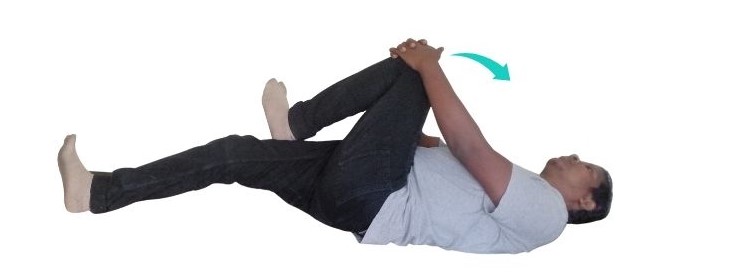
How to do it?
- Lye down on your back with your hands by the side.
- Keep both legs straight.
- Now, bend one of the knees and keep the foot over the opposite knee. A question might arise here: which knee? If you need to stretch your left knee, bend the left knee. It’s that simple.
- Hold the knee with both hands and pull it towards the opposite shoulder obliquely.
- Hold it for at least 60 seconds (! minute) and then release it slowly.
- Repeat the same exercise on the other leg.
- Please do it for 3 to 4 repetitions in a single session.
Piriformis stretching in sitting
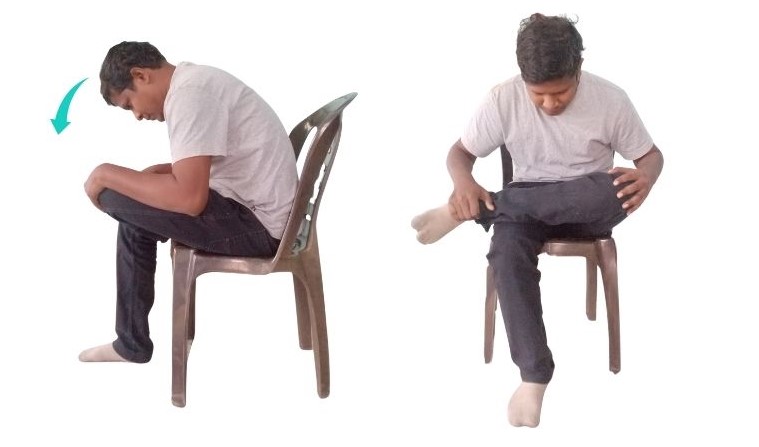
This is my favourite exercise as it allows me to perform anywhere. It is done in a normal sitting position; follow these steps.
- Sit straight in a chair or bench.
- If you need to stretch on the left side, lift your left leg and place it over the right thigh.
- Now, bend forward to feel a nice stretching on your left buttock.
- Now, repeat the same process on the other side if required.
All the above exercises should be done at least twice daily, once in the morning and again in the evening.
Other severe causes of sciatica, like slipped discs, could co-exist with piriformis syndrome. You may purchase “Sciatica Relieved”, which has helped many sciatica sufferers.
How to sit with deep gluteal syndrome
If you are suffering from deep gluteal syndrome, there are several things you can do to alleviate your symptoms. One of the most important things you can do is to sit correctly. You should consider the ergonomic way of sitting when working on a desktop. So, when you sit, make sure that:
- Your feet are flat on the ground, and your knees are at a 90-degree angle. This position helps relieve pressure on your lower back and hips.
- Consider using a chair with good lumbar support, and ensure you sit up straight.
- Avoid slouching or leaning to one side, as this can exacerbate your symptoms.
- If you need to sit for an extended period, take frequent breaks and stand up to stretch your legs and hips.
Use of lumbar support or seat cushion
To prevent deep gluteal syndrome, it is essential to use a lumbar support or seat cushion when sitting for long periods. These supports can help maintain proper posture and reduce pressure on the buttocks and lower back.
Keep Reading: 5 Upper Left Side Back Pain Home Remedy for Quick Relief
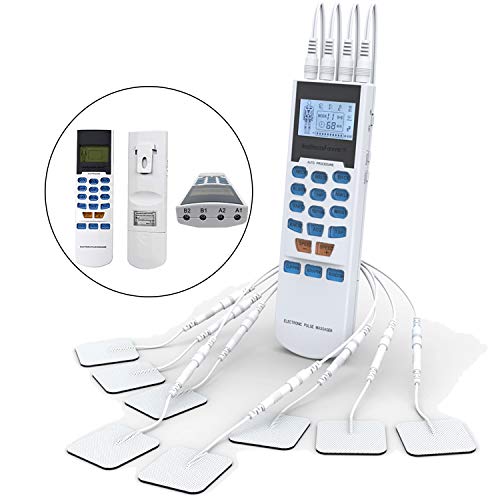
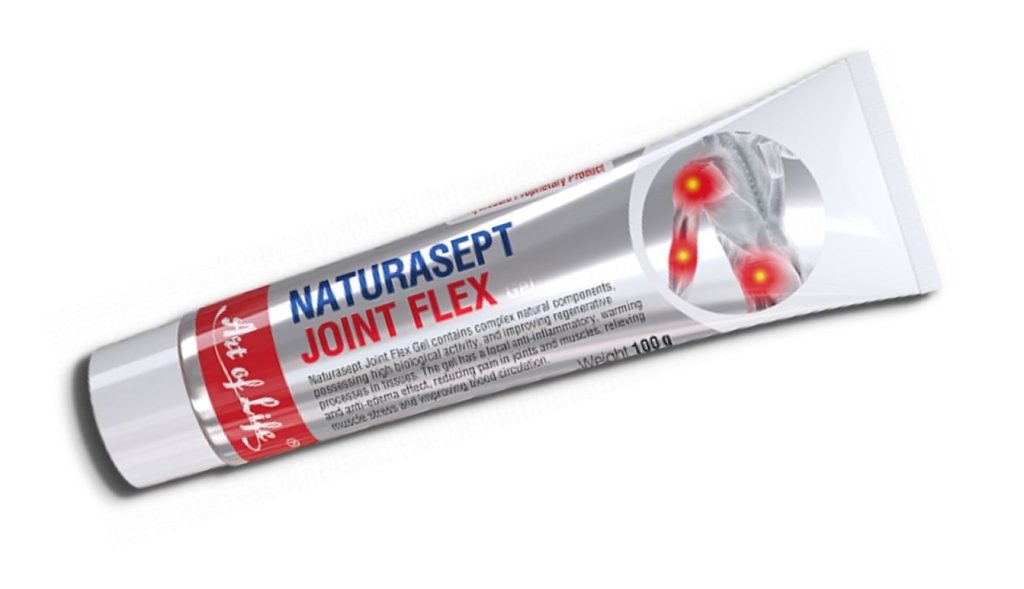
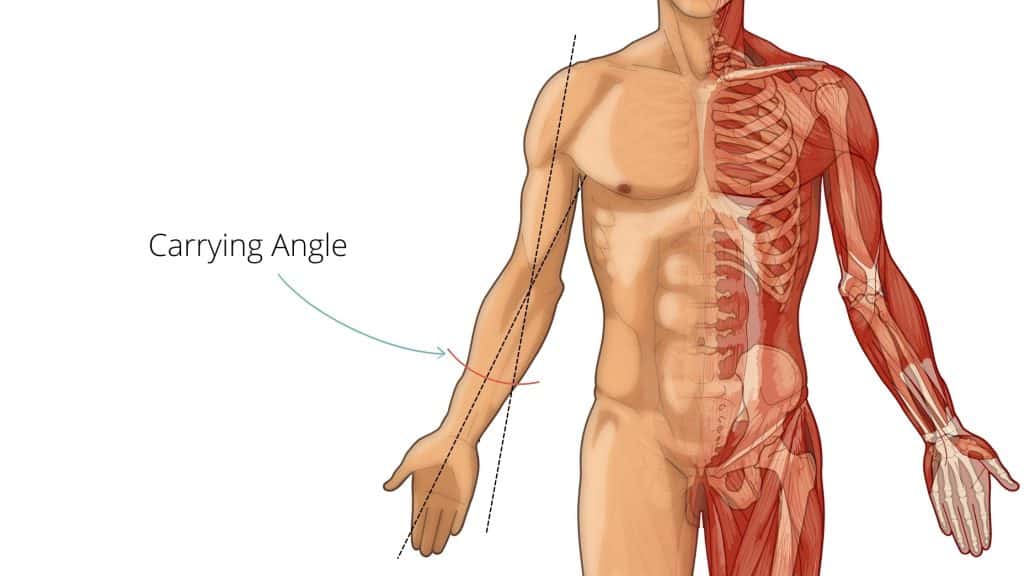
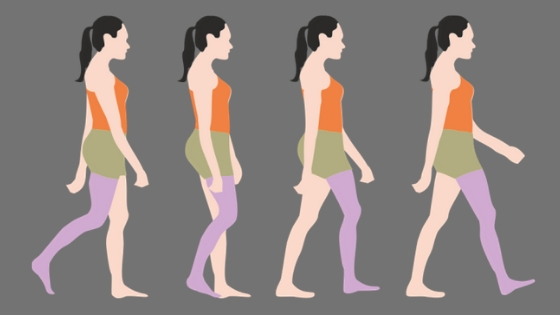
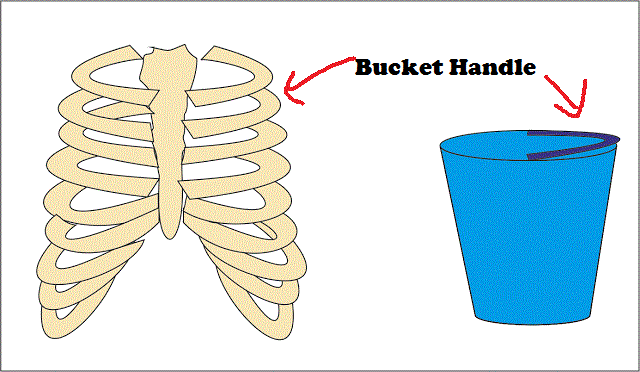
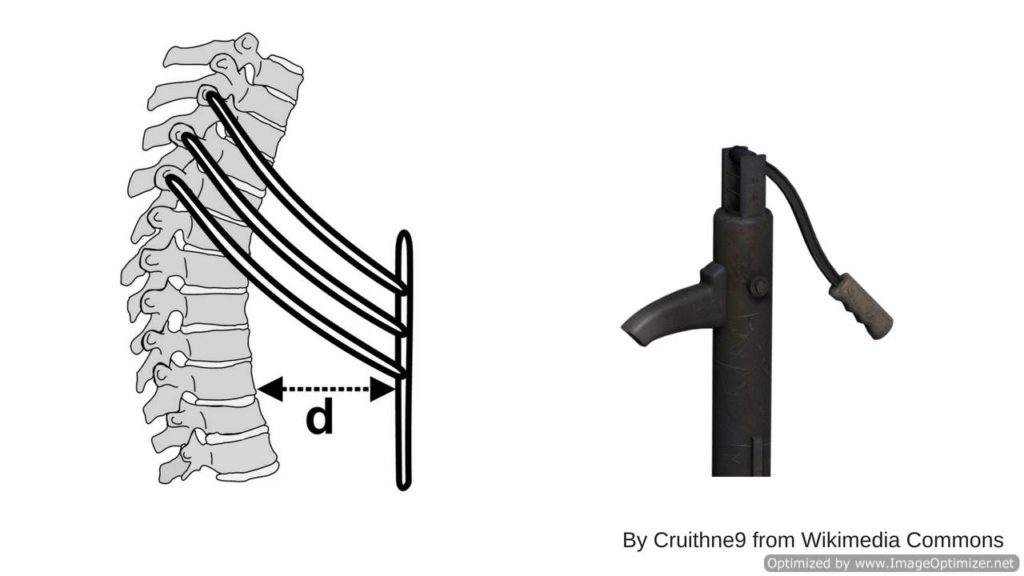
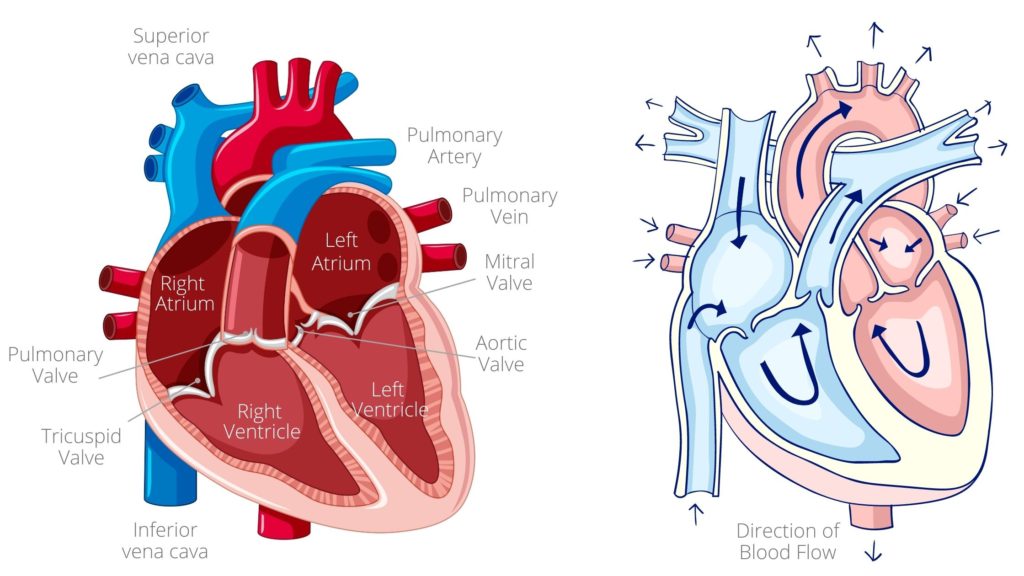
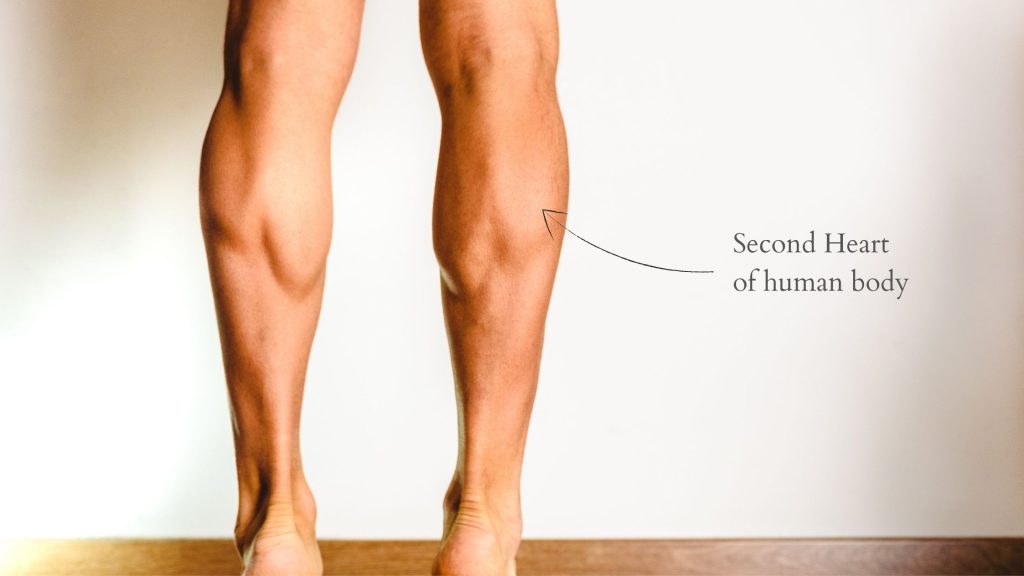
Pingback: 7 Best After Delivery Exercises to Avoid Diastasis Recti : Physiosunit
Pingback: Fix Straightening of Lumbar Lordosis with 5 Top Exercises : Physiosunit